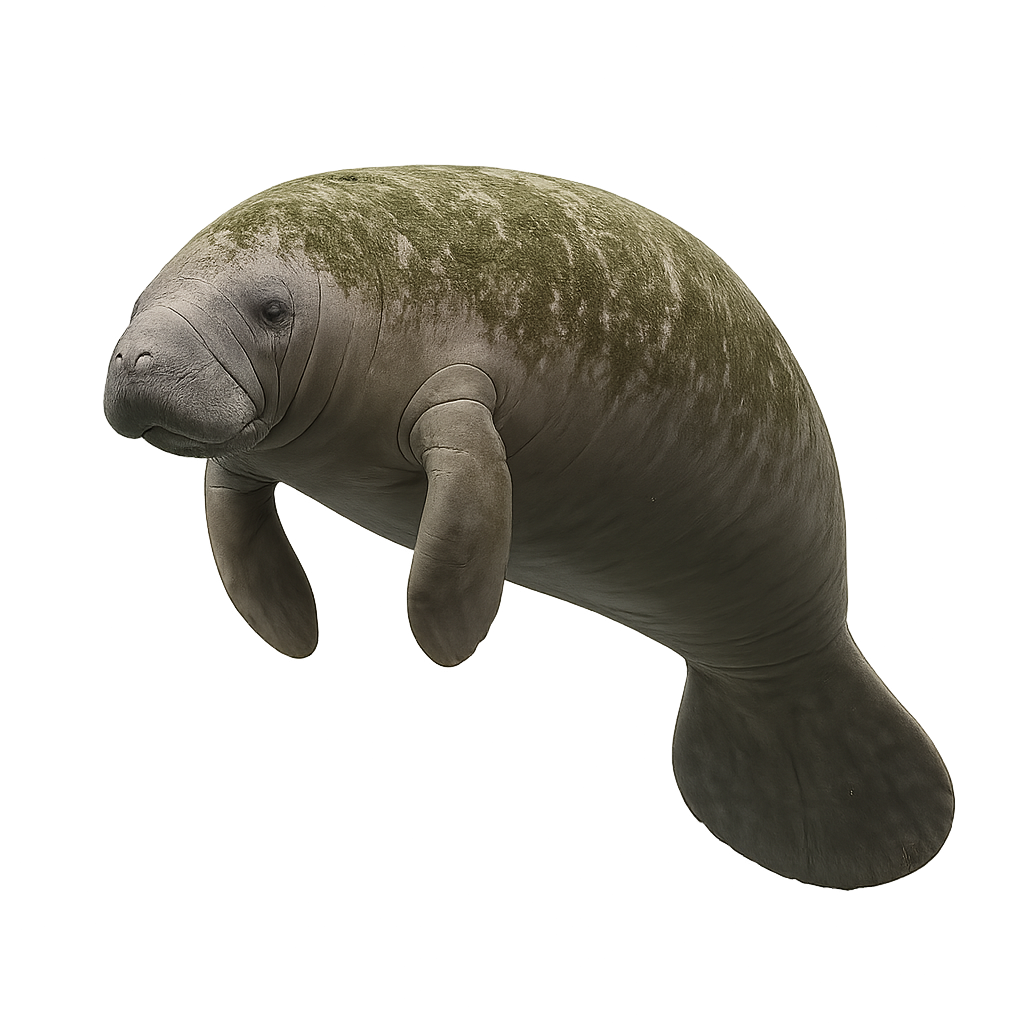Your wildlife photography guide.
Explore the west indian manatee in detail, study its behavior, prepare your shots.
Where to observe and photograph the west indian manatee in the wild
Learn where and when to spot the west indian manatee in the wild, how to identify the species based on distinctive features, and what natural environments it inhabits. The WildlifePhotographer app offers tailored photography tips that reflect the west indian manatee’s behavior, helping you capture better wildlife images. Explore the full species profile for key information including description, habitat, active periods, and approach techniques.
West Indian manatee
Scientific name: Trichechus manatus

IUCN Status: Vulnerable
Family: TRICHECHIDAE
Group: Mammals
Sensitivity to human approach: Suspicious
Minimum approach distance: 20 m
Rut period: January to February
Gestation: 365-400 jours
Births: February to March
Habitat:
Coastal zone, estuaries, shallow rivers
Activity period :
Primarily active during the day, with peak activity in the morning and late afternoon.
Identification and description:
The West Indian manatee is a large marine mammal, often called the 'sea cow.' It primarily lives in shallow coastal waters, estuaries, and rivers of the Caribbean, Gulf of Mexico, and Florida. This herbivorous mammal feeds mostly on aquatic plants and can consume up to 100 kg of vegetation per day. The West Indian manatee is a calm and slow-moving animal, with thick skin and sensitive whiskers that help it detect food in the water. While not aggressive, it is endangered due to habitat loss, boat collisions, and water pollution.
Recommended lens:
400 mm – adjust based on distance, desired framing (portrait or habitat), and approach conditions.
Photography tips:
Photograph the West Indian manatee using a telephoto lens to capture its details without disturbing it. Manatees are often near the surface of the water and can be photographed when they surface to breathe. Use soft, natural lighting, especially early in the morning or late in the afternoon when the light is softer and the manatee is more active. Be patient and always respect its tranquility.
The WildlifePhotographer App is coming soon!
Be the first to explore the best nature spots, track rutting seasons, log your observations, and observe more wildlife.
Already 1 432 wildlife lovers subscribed worldwide

